From the reality of revenue sharing we now turn to sharing the costs. In this twelfth part of our continuing series looking at some of the key aspects of the revenue-sharing debate, we question the manner in which the cost of anti-doping is borne by the sport’s stakeholders.
WorldTour race organisers must contribute an amount equal to 15% of minimum prize money to the CADF as their contribution toward the cost of cycling’s anti-doping efforts. Every euro contributed by the race organisers towards the cost of anti-doping is a euro for which others sharing the cost of anti-doping don’t have to pick up the tab. Which leaves them free to spend that euro as they please. Every euro that the race organisers spend on anti-doping is also a euro which they cannot pay out to the teams. The race organisers’ CADF contributions should therefore be seen as an indirect form of revenue sharing.
With that thought in mind, let’s consider how much of the cost of anti-doping the race organisers currently share. As we saw last time out, minimum prize money for WorldTour events varies. For the five monuments – Milano-San Remo, Paris-Roubaix, the Ronde van Vlaanderen, Liège-Bastogne-Liège and the Giro di Lombardia – it’s €50,000 per race.
The other one-day races on the WorldTour calendar – Gent-Wevelgem, the Amstel Gold Race, the Flèche Wallonne, the Clásica San Sebastian, Vattenfall Cyclassics, GP Ouest France-Plouay, GP UCI Cyclist Québec, and the GP UCI Cycliste Montreal – have minimum prize money of €40,000 each.
For the shorter stage races making up the WorldTour calendar – the Tour Down Under, Paris-Nice, Tirreno-Adriatico, the Vuelta al Pais Vasco, the Tour de Romandie, the Volta Ciclista a Catalunya, the Critérium du Dauphiné, the Tour de Suisse, the Tour de Pologne, the Eneco Tour, and the Tour of Beijing – minimum prize money is set at €10,000 per stage plus half that again for GC, or €15,000 per racing day (e.g., a six-day WorldTour stage race has minimum prize money of €90,000).
For the Grand Tours, the minimum prize money is €850,000 each for the Giro d’Italia and the Vuelta a España, and for the Tour de France it’s €1,000,000.
To turn those numbers into the organisers’ contribution to the CADF, multiply them by 15%. Doing that, we learn that the organisers of the Monuments each pay €7,500 to the CADF, the organisers of the other WorldTour one-day races €6,000 per race, and the organisers of WorldTour stage races pay €2,250 per racing day (e.g., €13,500 for a six-day stage race). The Giro and the Vuelta toss €127,500 each to into the pot, the Tour €150,000.
To complicate the matter somewhat, from last year, the GT organisers must also cover the cost of pre-race out-of-competition tests. The UCI’s 2010 accounts give a figure of 709,830 Swiss francs for that. Call that €190,000 per GT, bringing the Tour’s total CADF contribution up to €340,000
The sum of €340,000 from the Tour de France, it doesn’t look too bad, does it? Try this number then: €120,000. That’s the amount every ProTeam is required to contribute to the CADF. The Tour de France sits at the centre of the cycling world. For too many people, it is cycling. Yet the Tour de France coughs up less than the combined contribution of three ProTour teams to cover the cost of solving cycling’s doping problem? Think about that – Garmin-Cervélo, HTC-Highroad and BMC between them contribute more toward the cost of anti-doping than the Tour de France does.
ASO’s total CADF contribution
That, of course, is an unfair comparison. The teams are competing all year around and the Tour lasts just three weeks. Why then don’t we look at ASO’s total contribution to the CADF?
| Table 1: CADF Contribution of individual ASO races | |||||
|
Date |
Race |
Organiser |
Cat |
Racing Days |
CADF Contrib |
| 2-Feb | Tour of Qatar (Ladies) | ASO/QCF |
2.1 |
3 |
30 |
| 6-Feb | Tour of Qatar | ASO |
2.1 |
6 |
210 |
| 15-Feb | Tour of Oman | ASO/MoM |
2.1 |
6 |
210 |
| 6-Mar | Paris-Nice | ASO/TDF Sport |
WT |
8 |
18,000 |
| 26-Mar | Critérium International | ASO/TDF Sport |
2.HC |
2 |
100 |
| 10-Apr | Paris-Roubaix | ASO/TDF Sport |
WT |
1 |
7,500 |
| 20-Apr | Flèche Wallonne | ASO/RCPCL |
WT |
1 |
6,000 |
| 20-Apr | Flèche Wallonne Femmes | ASO/RCPCL |
CDM |
1 |
43 |
| 24-Apr | Liège-Bastogne-Liège | ASO/PSO |
WT |
1 |
7,500 |
| 13-May | Tour de Picardie | ASO/TDF Sport |
2.1 |
3 |
105 |
| 4-Jun | La Classique des Alpes Juniors | ASO/TDF Sport |
1.1U |
1 |
3 |
| 5-Jun | Critérium du Dauphiné | ASO/TDF Sport |
WT |
8 |
18,000 |
| 2-Jul | Tour de France | ASO |
WT |
21 |
150,000 |
| 4-Sep | Tour de l’Avenir | ASO |
2.Ncup |
8 |
104 |
| 9-Oct | Paris-Tours Espoirs | ASO/TDF Sport |
1.2U |
1 |
30 |
| 9-Oct | Paris-Tours | ASO |
1.HC |
1 |
100 |
|
397,935 |
|||||
|
Source: ASO/UCI |
|||||
If we’re going to consider ASO’s total contribution to the cost of anti-doping, don’t you think it would be fair to consider the total contribution to the cost of anti-doping borne by teams? Consider Garmin-Cervélo. On top of the €120,000 levied upon them by the UCI, they fund their own independent anti-doping programme. The best estimate for the cost of that is about €375,000. Which brings their total anti-doping spend to just shy of half a million euros.
Yup, that’s right folks: in total, ASO spend less on anti-doping than Garmin-Cervélo do. At some of their races, ASO are not even chipping in enough to pay for a single dope test. Seriously. The average cost of an anti-doping test is about €300. That’s not a very scientific figure, not all tests are the same and so not all tests cost the same but, as a simple average, it’ll do for our purposes here. €300. For just one test. Compare that with the €100 contributed toward to cost of anti-doping by the Critérium International. Or the €30 at the Ladies Tour of Qatar. Beyond the WorldTour races organised by ASO, the Amaurys really are getting a bargain when it comes to policing doping.
The World Tour’s CADF contribution
How does the half million or so euros spent by Garmin-Cervélo on anti-doping compare with the contribution of all the WorldTour races to cycling’s anti-doping costs?
Table 2: CADF Contribution of WorldTour races |
|||||
|
Date |
Race |
Organiser |
Location |
Racing Days |
CADF Contrib |
| 18-Jan | Tour Down Under |
Australia |
6 |
13,500 |
|
| 6-Mar | Paris-Nice | ASO/TDF Sport |
France |
8 |
18,000 |
| 9-Mar | Tirreno-Adriatico | RCS |
Italy |
7 |
15,750 |
| 19-Mar | Milano-Sanremo | RCS |
Italy |
1 |
7,500 |
| 21-Mar | Volta Ciclista a Catalunya |
Spain |
6 |
13,500 |
|
| 27-Mar | Gent-Wevelgem | KVHVW |
Belgium |
1 |
6,000 |
| 3-Apr | Ronde van Vlaanderen | RIA |
Belgium |
1 |
7,500 |
| 4-Apr | Vuelta Ciclista al Pais Vasco |
Spain |
6 |
13,500 |
|
| 10-Apr | Paris-Roubaix | ASO/TDF Sport |
France |
1 |
7,500 |
| 17-Apr | Amstel Gold Race |
Netherlands |
1 |
6,000 |
|
| 20-Apr | La Flèche Wallonne | ASO/RCPCL |
Belgium |
1 |
6,000 |
| 24-Apr | Liège-Bastogne-Liège | ASO/PSO |
Belgium |
1 |
7,500 |
| 26-Apr | Tour de Romandie | LFPLCR/TdR |
Switzerland |
6 |
13,500 |
| 7-May | Giro d’Italia | RCS |
Italy |
21 |
127,500 |
| 5-Jun | Critérium du Dauphiné | ASO/TDF Sport |
France |
8 |
18,000 |
| 11-Jun | Tour de Suisse | IMG (Schweiz) |
Switzerland |
9 |
20,250 |
| 2-Jul | Tour de France | ASO |
France |
21 |
150,000 |
| 30-Jul | Clásica Ciclista San Sebastian |
Spain |
1 |
6,000 |
|
| 31-Jul | Tour de Pologne |
Poland |
7 |
15,750 |
|
| 8-Aug | Eneco Tour | Eneco/GS |
Netherlands |
7 |
15,750 |
| 20-Aug | Vuelta a España | Unipublic |
Spain |
21 |
127,500 |
| 21-Aug | Vattenfall Cyclassics | Lagardère |
Germany |
1 |
6,000 |
| 28-Aug | GP Ouest France-Plouay | UCPP |
France |
1 |
6,000 |
| 9-Sep | Grand Prix Cycliste de Québec |
Canada |
1 |
6,000 |
|
| 11-Sep | Grand Prix Cycliste de Montréal |
Canada |
1 |
6,000 |
|
| 5-Oct | Tour of Beijing | GCP |
China |
5 |
11,250 |
| 15-Oct | Giro di Lombardia | RCS |
Italy |
1 |
7,500 |
|
|
|
1,229,250 |
|||
|
Source: UCI |
|||||
Hands up, please, those impressed with those figures?
The big picture
Let’s move this up to the big picture. In 2010, the CADF raised 7.9 million Swiss francs from the teams, riders, organisers and the UCI. This compared with 8.2 million the year before. Let’s look at who contributed what:
| Table 3: CADF income | |||||
|
2010 |
|
2009 |
|||
|
CHF |
% |
|
CHF |
% |
|
| UCI |
1,104,180 |
14% |
800,000 |
10% |
|
| Riders |
236,610 |
3% |
255,000 |
3% |
|
| Organisers |
946,440 |
12% |
1,083,000 |
13% |
|
| GT Organisers Extra |
709,830 |
9% |
0 |
0% |
|
| ProTeams |
3,154,800 |
40% |
3,018,000 |
37% |
|
| Pro Conti Teams |
1,498,530 |
19% |
2,361,000 |
29% |
|
| Provisions (reversed) |
236,610 |
3% |
400,000 |
5% |
|
| Other |
0 |
0% |
297,000 |
4% |
|
| Total Income |
7,887,000 |
|
|
8,214,000 |
|
|
Source: UCI |
|||||
The teams in total bear 59% of the cost of anti-doping, compared with the 21% borne by the race organisers. That seems unfair, but look at what the position was in 2009: the teams were shouldering 66% of the burden and the race organisers just 13%. Look closely at those figures though: the contribution made by the ProTour teams has actually risen, from 37% to 40%. The saving produced by making the Grand Tour organisers cover the cost of pre-race doping controls have been passed not to the ProTeams, who make up the majority of the Grand Tour peloton, but to the ProConti teams.
The shift in the burden of anti-doping costs between 2009 and 2010 might leave you thinking that we’ve reached a fair balance in the way the burden is borne, at least between the teams and the organisers in general (sharing the burden between the individual teams is a different debate). The race organisers have shouldered more of the burden, the teams have been freed of some of the burden. The teams are still required to spend nearly €3 for every €1 spent by the race organisers but compared with the €5 they had to spend in 2009, that’s an improvement. But are the race organisers now really bearing their fair share?
Go back to the table of ASO races. The Tour of Oman chips in just €210 toward anti-doping. The Critérium International just €100. Paris-Tours just €100. Once you step out of the twenty-seven WorldTour events, race organisers are contributing next to nothing to solving cycling’s doping problem. Think about this: twenty-seven races pick up the tab for more than 90% of the race organisers’ contribution to anti-doping. Three races – the Grand Tours – contribute more than two-thirds of the race organisers’ total share of anti-doping costs. ASO alone contribute nearly one third of the total contribution made by all race organisers.
Solve the manner in which cycling’s anti-doping costs are shared – between the teams and the organisers, among the teams themselves and also among the race organisers – and you will have gone some of the way toward solving the problem of revenue sharing.
Next: Sharing the revenue with the UCI.
Previous: Sharing the wealth at the WorldTour.

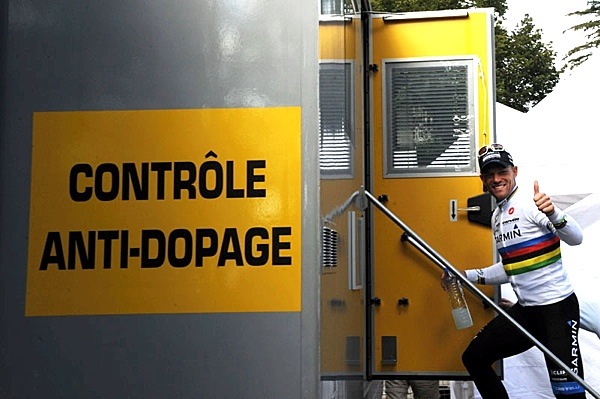
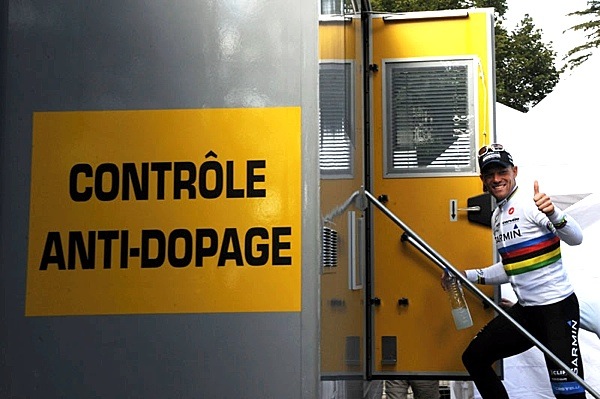

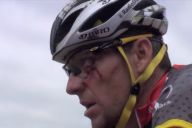




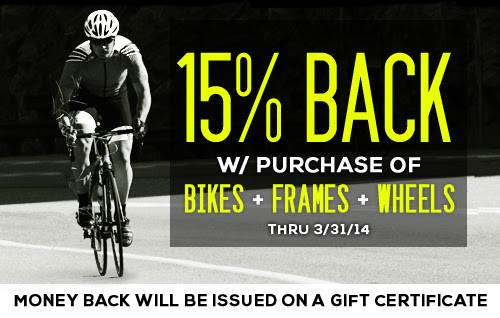

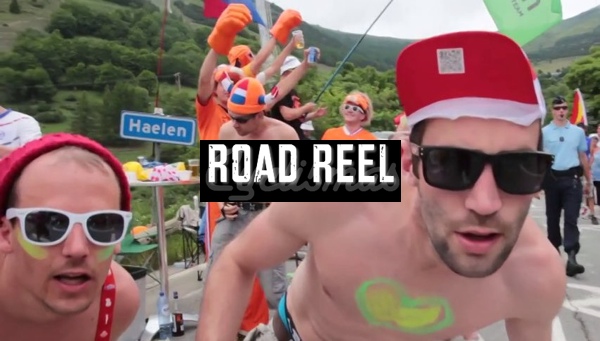
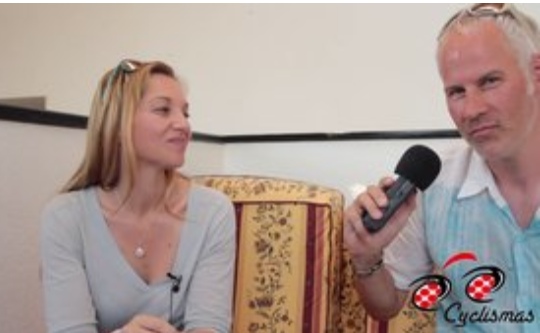
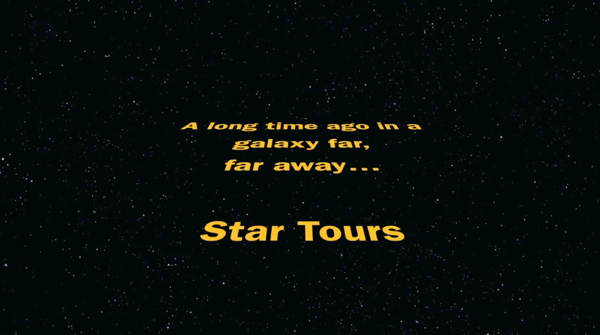
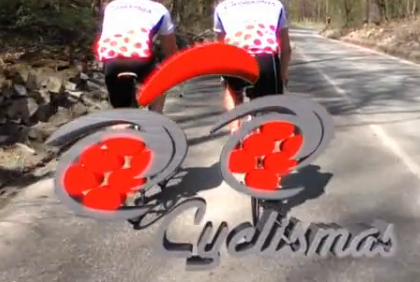

2 Comments
[…] Sharing the cost of policing cycling’s doping problem. Tags: AIGCP, licences, Revenue Sharing, UCI function fbs_click() […]
[…] Next: The CADF and the sharing of costs between teams and race organisers. […]